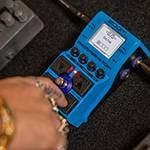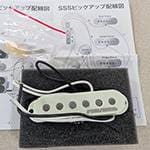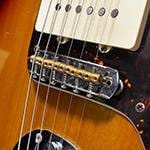Hand bells are instruments that children and adults can easily play. There are many people who want to play them, but don't know what shape or price range they should choose. This time, I will introduce you to the types of hand bells, and how to choose between them. How about using your sheltering time for a home concert?
◽︎ Table of contents
・Hand bell history
・How to choose a hand bell
・Recommended hand bells
■ Hand bell history
Hand bells were born in England around the 17th century to facilitate the practice of ringing church bells. Copper bells with a leather strap are called English hand bells.
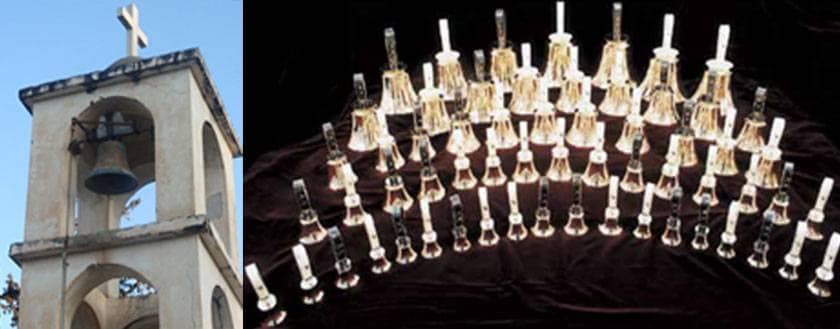
The use of hand bells had expanded from practicing church bells to accompaniment of hymns, after which they travelled to the United States. At this time, world-famous manufacturers such as Schulmerich and Malmark appeared, and there are still many performance groups. The characteristic of the English hand bell is the high tones are light at 200 to 300g, but the low tones weigh 7 ~ 8kg, and are heavy even for men to shake.
The performance is gorgeous and powerful, but it costs hundreds of thousands of yen to make one octave.
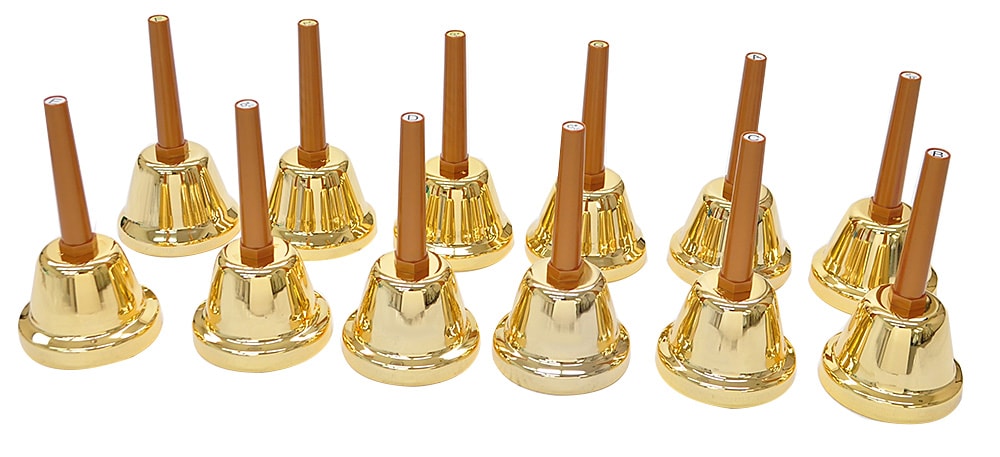
Hand bells were developed in Japan, and by changing the shape and thickness of the bell, we were able to make the size the same regardless of the pitch. In addition, sound is produced no matter what direction it is swung in, and the pendulum is returned to the center position with a spring, so it is designed so that only one sound is produced for each swing.
■ How to choose a hand bell

Here we will focus on the familiar hand bells and advise how to choose between them. The main deciding point is the difference in the material, which is directly connected to the tone and the way of playing the hand bell.
1. Material
The tone changes depending on the material used for the bell and pendulum.
Bell : The sound quality is directly related to the price, and from high to low: brass, steel, followed by copper. These materials are colored and plated with gold or silver.
Pendulum : Hard resin produces a clear tone, and rubber produces a soft tone.
2.How to ring
Hand type : You hold the hand bell in your hand and shake it to make a sound.
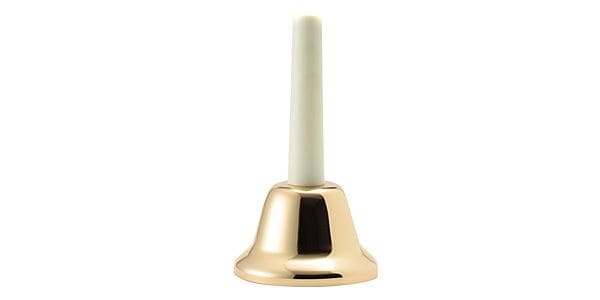
Touch type : You sound the bell by pressing the tip of the handle with your hand as if you were pressing a button. The latter is recommended for small children who lack grip strength and those who want to play alone, because there’s no need to change the bell in your hand.
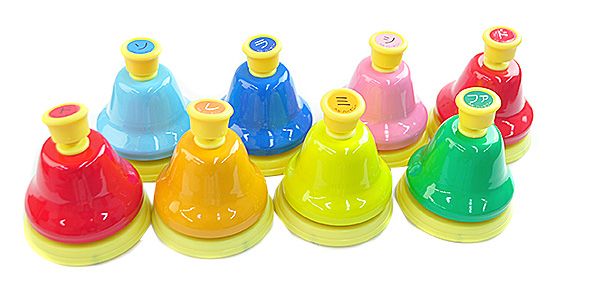
■ Recommended hand bells
We recommend a set product when you start!
SUZUKI / MBD-8
Desk-type touch hand bells that are good as a toy.
Even children can easily play these because the difference in the notes can be recognized by the color and as well as the note on the base.
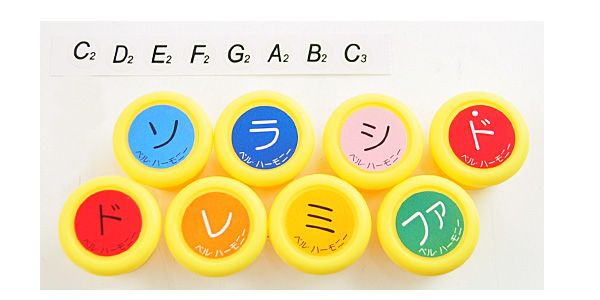
8 keys corresponding to the white keys of a piano are included in the set, and black key tones (derivatives) can be added.
Bell : Steel painted in bright colors.
Clapper : Resin and shaped like a hammer.
SUZUKI / MBH-8
MBD-8 hand type. The small size and light weight make them easy to get used to and easy to play. Bell: Steel painted in bright colors.
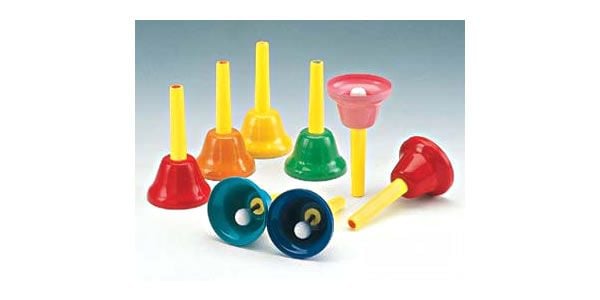
Bell : Steel painted in bright colors.
Clapper : Resin
Also, because the spring is designed to prevent it from stretching, small children do not have to worry about stretching the spring.
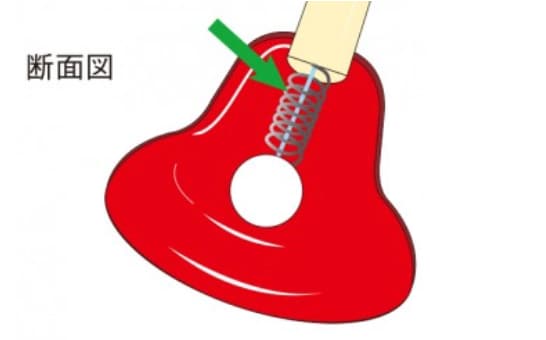
ZENON/CBR-8T
A handy set of bells that can be used in two ways: as a hand type or as a touch type.
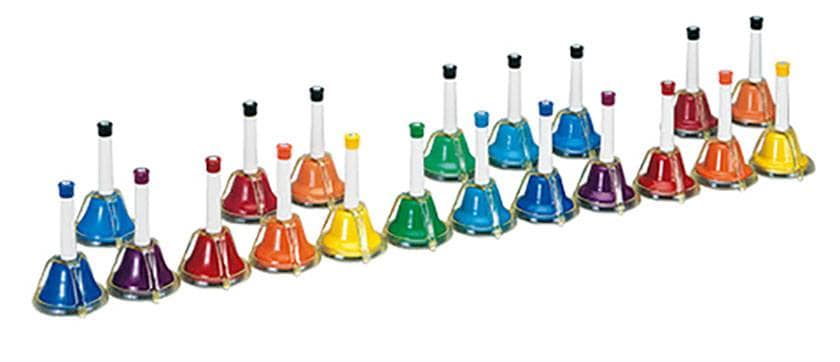
ZENON / CBR-8T
Gorgeous gold color. Recommended for those who want to use them in a formal situation such as at weddings or concerts, and for who want to stick to the sound quality.
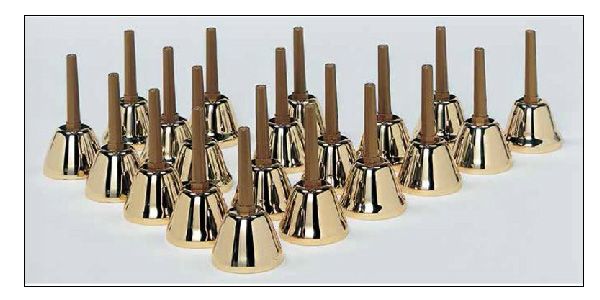
Bell : brass, gold plated, a warm sound.
Clapper : rubber
If you need a replacement due to a malfunction of the bell, or want to expand the range, you can purchase these the bells individually as well. Great peace of mind. This time, I briefly introduced the features and selection method of hand bells ♪ Why don't you try using hand bells for parties and celebrations such as Christmas and weddings, concerts and school events! They are also recommended for playing with sounds and to having fun at home.





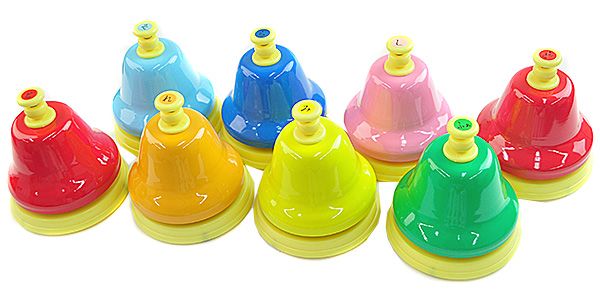

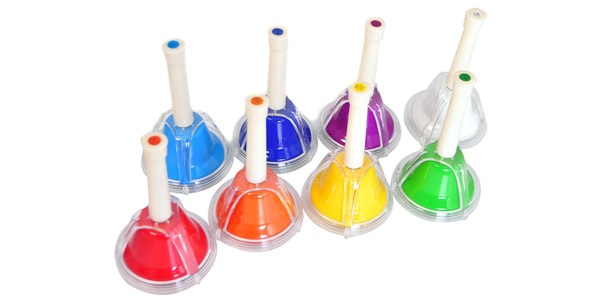
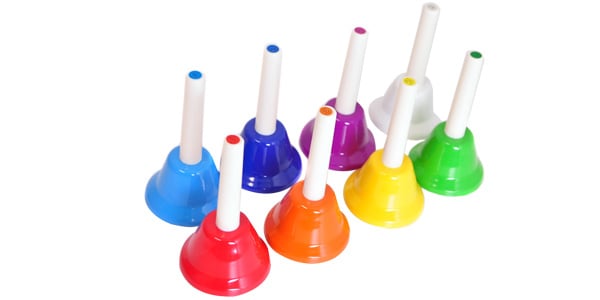
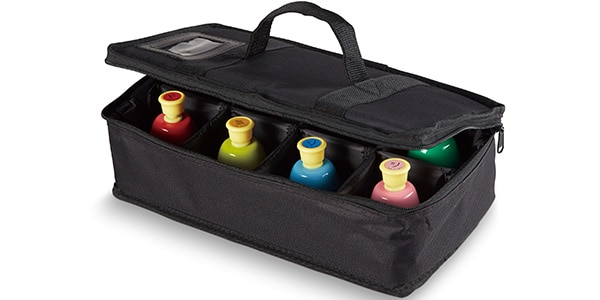
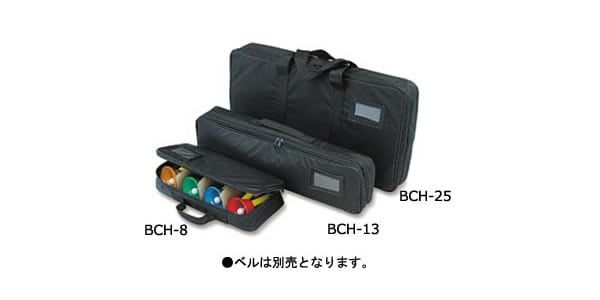
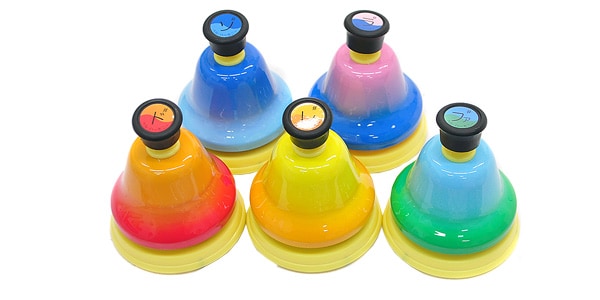

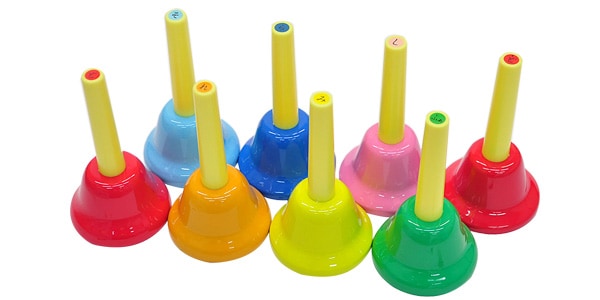
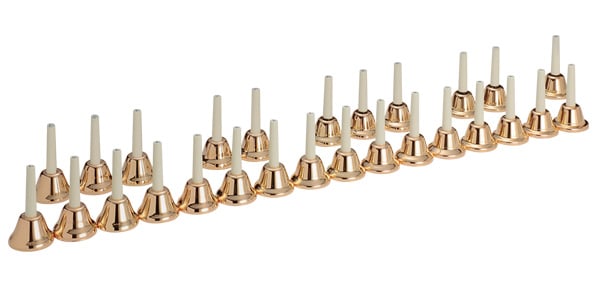



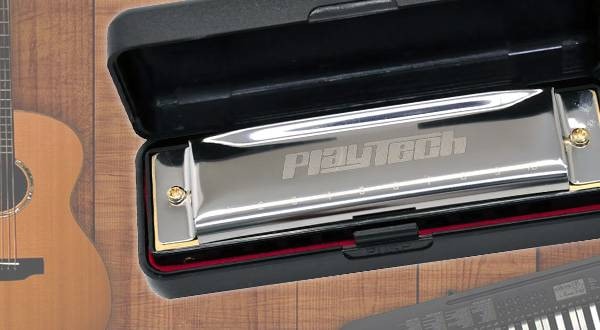


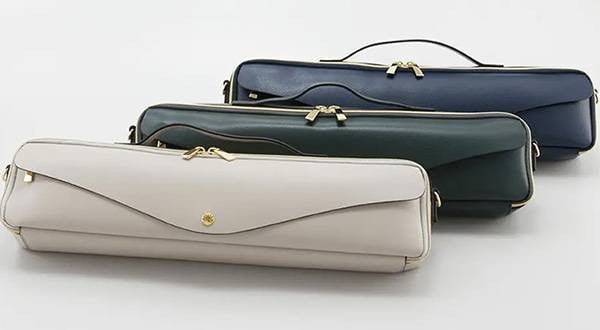
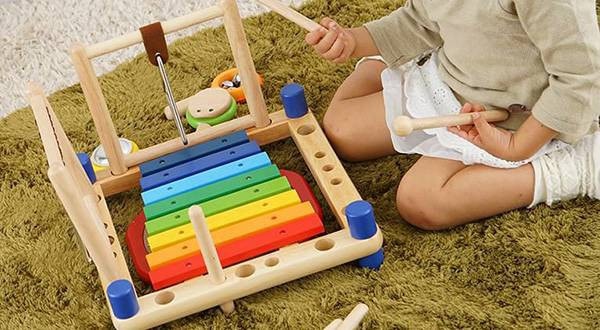
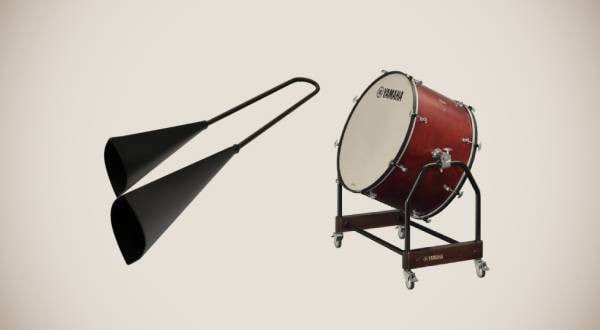
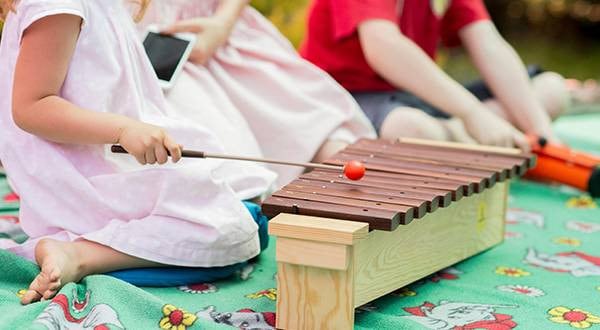

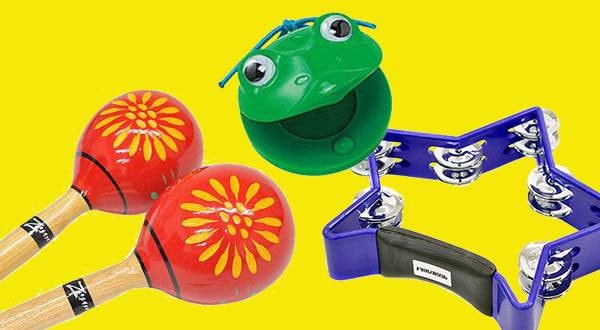
 サウンドハウスはアプリでさらにお得に!
サウンドハウスはアプリでさらにお得に!
 初心者必見!PLAYTECH 激スゴの理由!
初心者必見!PLAYTECH 激スゴの理由!
 PLAYTECH 管楽器特集
PLAYTECH 管楽器特集
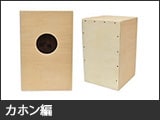 カホン編
カホン編
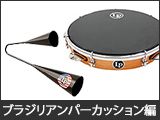 ブラジリアンパーカッション編
ブラジリアンパーカッション編
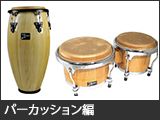 パーカッション編
パーカッション編

